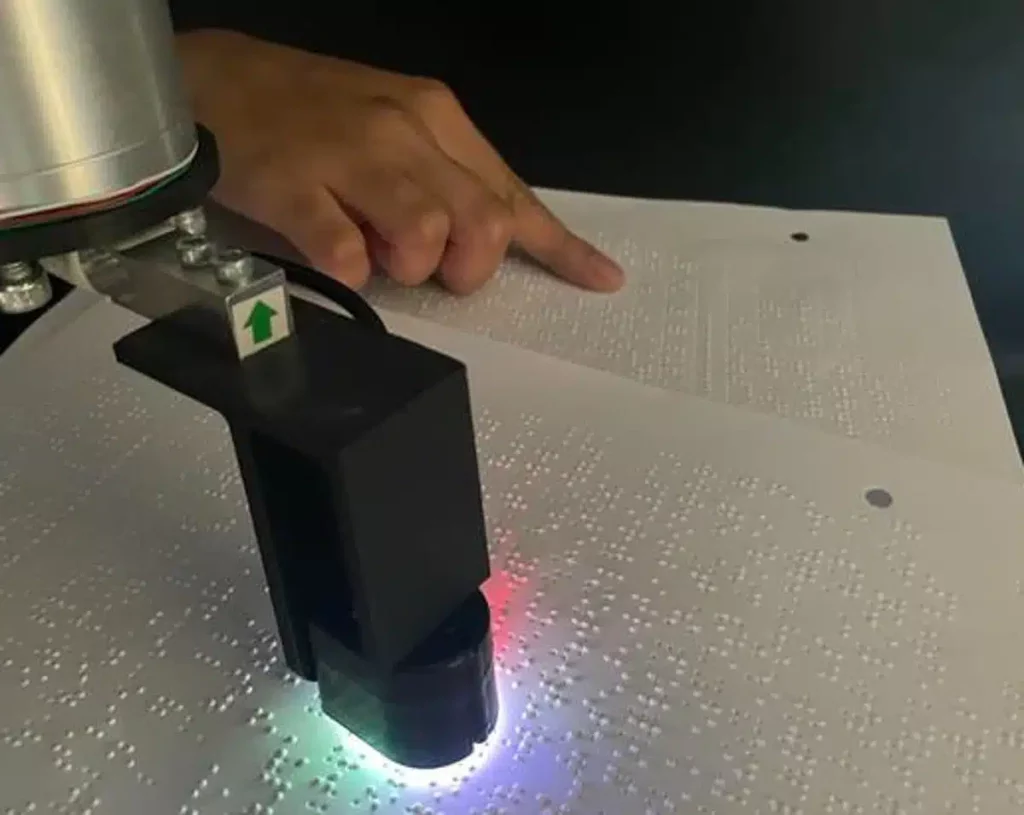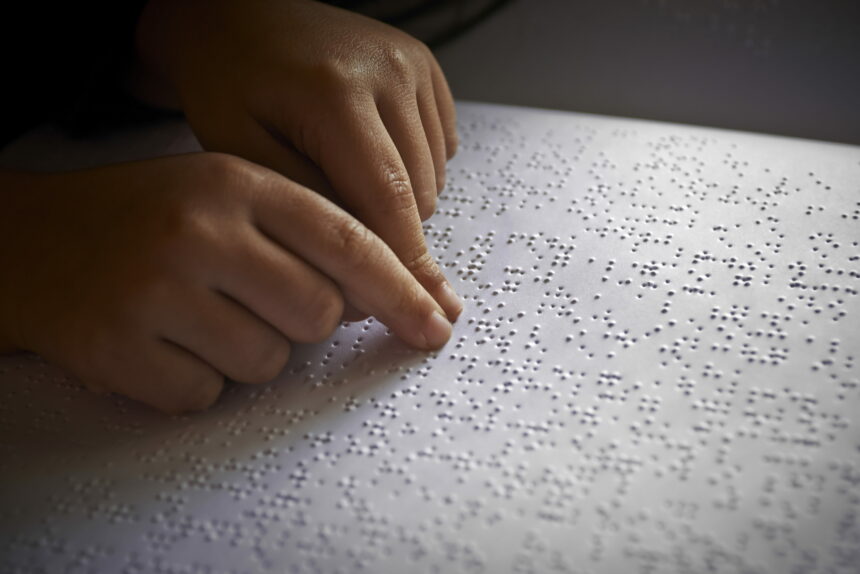Researchers at the University of Cambridge have developed a robotic sensor using artificial intelligence that can read braille at an impressive speed of 315 words per minute with an 87% accuracy rate, surpassing the average reading speed of humans. The sensor utilizes machine learning algorithms to interpret braille with high sensitivity, mimicking human-like reading behaviour.
While not originally designed as assistive technology, this breakthrough has significant implications for the development of sensitive robotic hands and prosthetics. The success of the sensor in reading braille highlights the potential of robotics in replicating complex human tactile skills.

The research team used machine learning algorithms to train the robotic sensor to slide quickly over lines of braille text, achieving a remarkable speed of 315 words per minute with close to 90% accuracy. Although not intended as assistive technology, the researchers suggest that the required high sensitivity for reading braille makes it an excellent test for developing robot hands or prosthetics with comparable sensitivity to human fingertips.
Human fingertips are known for their remarkable sensitivity, helping us gather information about the world. The challenge lies in reproducing this level of sensitivity in a robotic hand efficiently. The researchers are addressing this engineering challenge, aiming to replicate skills that humans find easy but are challenging for robots.
The researchers used an off-the-shelf sensor with a camera in its ‘fingertip’ to develop a more realistic robotic braille reader that replicates human reading behaviour. Unlike existing robotic braille readers that work in a static manner, the new reader can slide quickly along rows of braille characters.
The robotic sensor’s camera and sensors, along with machine learning algorithms, enable it to ‘deblur’ images and recognize braille characters efficiently. The algorithm, trained on sharp images with fake blur, demonstrated impressive accuracy in reading braille.
The robotic braille reader achieved a speed of 315 words per minute at 87% accuracy, twice as fast and nearly as accurate as a human braille reader. The researchers see potential applications beyond braille, such as detecting surface textures or slippage in robotic manipulation. Plans include scaling the technology to the size of a humanoid hand or skin.








